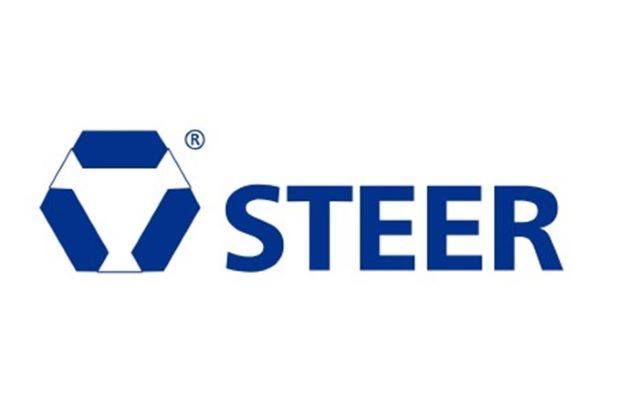Pioneering twin-screw extrusion process enables recycling of thermoset XLPE, advancing global circular economy goals

In a breakthrough for plastic recycling and sustainable manufacturing, STEER World, a global leader in materials transformation technologies, has unveiled a first-of-its-kind method to recycle crosslinked polyethylene (XLPE) — a material long considered non-recyclable — using its proprietary Omega Twin-Screw Extrusion Technology.
Widely used in cable insulation, piping systems, and other high-performance applications, XLPE’s exceptional durability comes from its three-dimensional network of covalent bonds. While this structure ensures thermal and mechanical resilience, it also makes the material extremely difficult to recycle using conventional methods. Most XLPE waste ends up in landfills, creating long-term environmental concerns.
To address this challenge, STEER World has developed a solution using its state-of-the-art Omega Twin-Screw Extruder, featuring the STEER patented Fractional Geometry Technology (FGT). The process uses a combination of mechanical shear and controlled heat to break XLPE’s crosslinks while preserving its base structure—turning it into a reusable form called De-XLPE (Decrosslinked XLPE).
“This is not just an innovation in recycling—it’s a shift in how we look at thermoset waste,” said Dr. Prakash Hadimani, Global Head - Application Development Center, STEER World. “With the Omega series of machines, we’ve made it possible to recover and reuse a material that was once considered unrecoverable. That’s a win for the industry and a big step forward for sustainability.”
The modular design of the Omega machine allows precise control of temperature zones, screw speed, and configuration—factors essential to ensuring consistent and scalable decrosslinking. The resulting De-XLPE can be further processed into new products or blended with virgin polymers for a range of industrial applications.
This technology opens new doors for manufacturers seeking sustainable alternatives to traditional materials. It not only reduces reliance on virgin plastic but also diverts XLPE waste from landfills, making significant strides toward the circular economy.
“With this process, we’re not just recycling—we’re redefining what’s recyclable,” added Dr Hadimani. “The ability to reclaim and reintegrate thermoset materials like XLPE is a breakthrough the industry has been waiting for.”
Subscribe to our newsletter & stay updated.